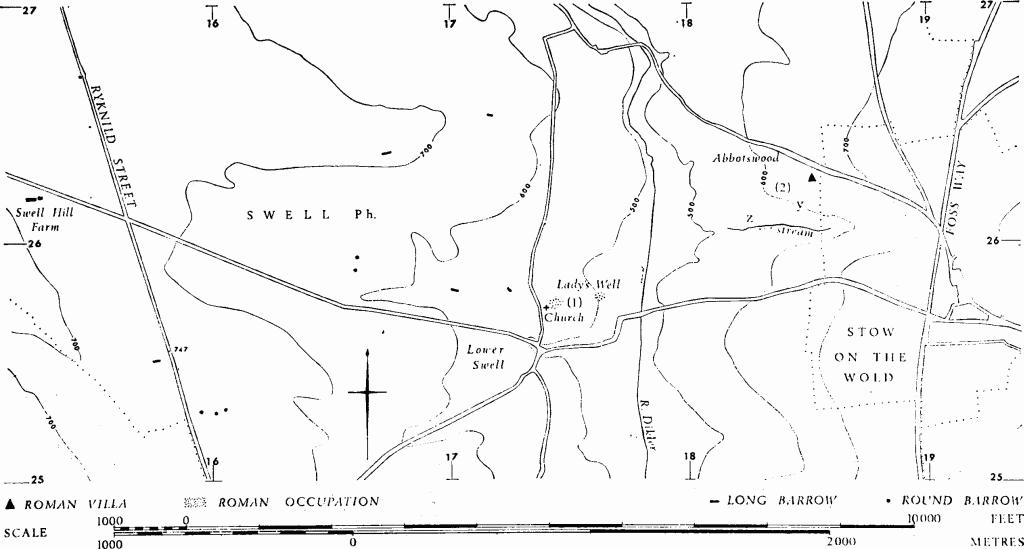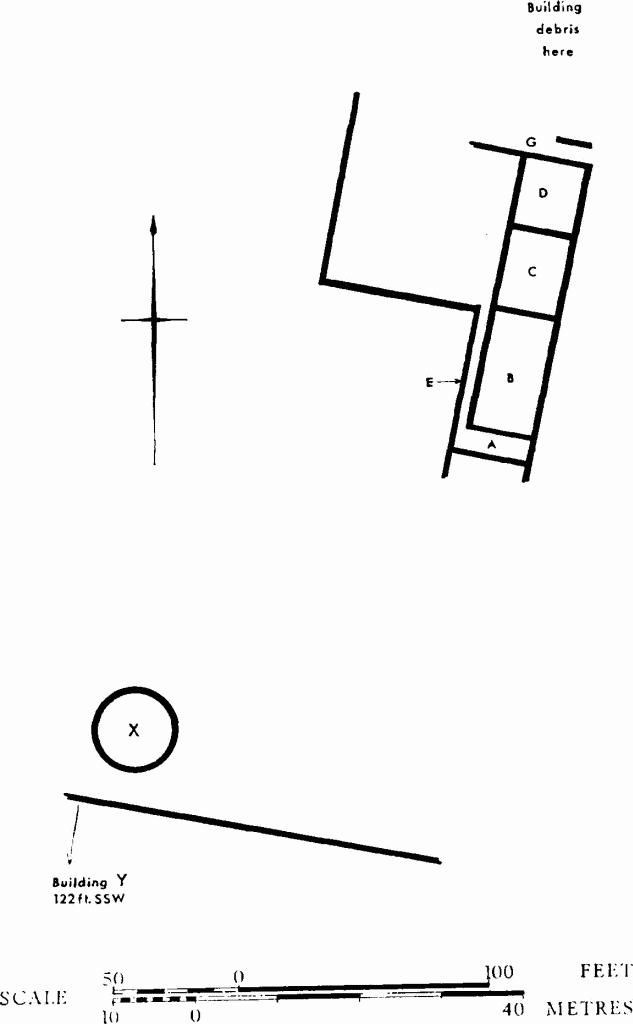Ancient and Historical Monuments in the County of Gloucester Iron Age and Romano-British Monuments in the Gloucestershire Cotswolds. Originally published by Her Majesty's Stationery Office, London, 1976.
This free content was digitised by double rekeying. All rights reserved.
'Swell', in Ancient and Historical Monuments in the County of Gloucester Iron Age and Romano-British Monuments in the Gloucestershire Cotswolds(London, 1976), British History Online https://prod.british-history.ac.uk/rchme/ancient-glos/pp115-116 [accessed 13 April 2025].
'Swell', in Ancient and Historical Monuments in the County of Gloucester Iron Age and Romano-British Monuments in the Gloucestershire Cotswolds(London, 1976), British History Online, accessed April 13, 2025, https://prod.british-history.ac.uk/rchme/ancient-glos/pp115-116.
"Swell". Ancient and Historical Monuments in the County of Gloucester Iron Age and Romano-British Monuments in the Gloucestershire Cotswolds. (London, 1976), British History Online. Web. 13 April 2025. https://prod.british-history.ac.uk/rchme/ancient-glos/pp115-116.
SWELL
(18 miles N.E. of Cirencester)
The Roman 'Ryknild Street' is followed by the present road to Condicote over high ground in the W. of the parish. Its course is almost straight for about 2 miles, deflecting slightly in the locality of a barrow group (SP 159253). Roman coins and pottery have been noted at 'Swell Hill Homestead', probably Swell Hill Farm (SP 153262). (fn. 1) A 'Constantinian' coin came from the long barrow at (SP 13522627). (fn. 2)
(1) Romano-British Settlement (SP 174257), adjacent to and E. of St. Mary's Church, Lower Swell, lies on an almost level spur. The ground between the church and Lady's Well, 230 yds. to the E., is much disturbed. A now destroyed 'tumulus' inside the E. wall of the churchyard was of uncertain origin. The ground falls steeply S. from the church.
An ash-pit and a 'Constantinian' coin were found during 19th-century work on the nave. Abundant pottery and animal bones come from the churchyard; pottery has also been found around the 'village spring' (? Lady's Well). Finds, in the Royce Collection at Bristol, include 4th-century pottery, an iron hookknife and a steelyard hook.
TBGAS, VII (1882–3), 69–80; 83 (1964), 13.

Monuments in Swell.
(2) Roman Villa (SP 18522627), Abbotswood, was noted in 1863 when dug into for building stone. Pottery recovered at the time was used as hard-core in a local farmyard. The site is in pasture. Part of a villa of unknown size is identifiable in a much disturbed platform, roughly corresponding with rooms A–D on the diagram published by D. Royce and adapted here (p. 116). With other low banks and scarps it is set above the shoulder of the valley, on ground sloping very gently S. and W. A circular structure (X), 30 ft. in diameter, is no longer clearly identifiable, but the long wall shown S. of X perhaps corresponds with an existing scarp above a rough track. Below this the ground falls unevenly to the valley bottom, the slope averaging 9°. A building (Y) described as an oblong room, 50 ft. by 30 ft., lay with its axis along the slope some 40 yds. S.S.W. of the long wall, near a spring. Another building (Z) lay some 250 yds. further W., nearer the valley bottom and stream. A pattern of low scarps W. of the villa recalls the arrangement of walled closes N. of the villa in Barnsley Park (Barnsley (1)). The most prominent of these scarps, parallel with the long axis of building A–D and some 100 yds. from it, is up to 3 ft. high; it meets the scarp (whether wall or not) which extends W. from below X and defines two sides of an enclosure measuring at least 300 ft. by 400 ft. Other slight parallel scarps to the W. of this are of uncertain origin.

Swell. (2) Roman Villa (after D. Royce).
Room B had a 'hole' with ashes set in a pitched stone floor, and the same was seen in room D. Passage G had very strong foundations. Extending N. of this as far as the road (some 30 yds.) was a copious scatter of building rubble. There is mention of a hypocaust. Finds, some in the Royce collection at Bristol, include 1st and 2nd-century samian ware, colour-coated wares, a coin of Carausius, a tanged iron hook-knife, roof slates, and flue tiles.
TBGAS, VII (1882–3), 69–80; 83 (1964), 13. Witts (1883), 65–6, No. 20.